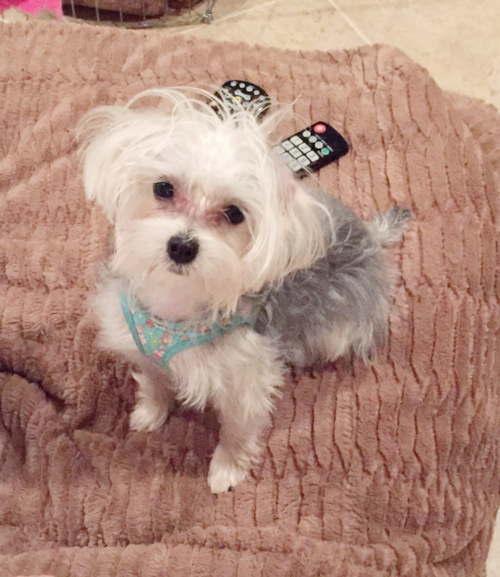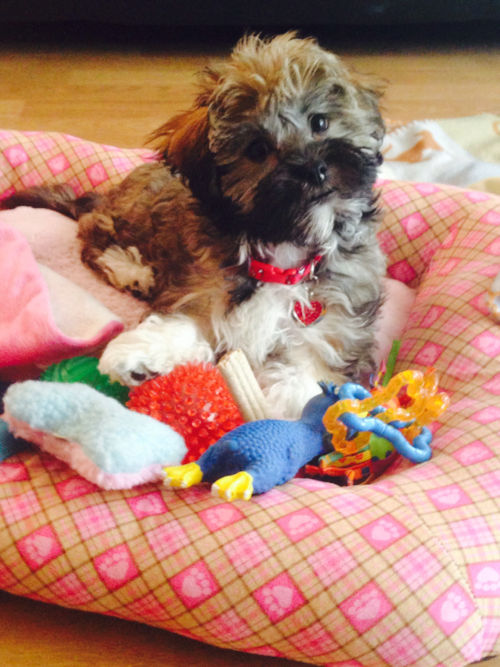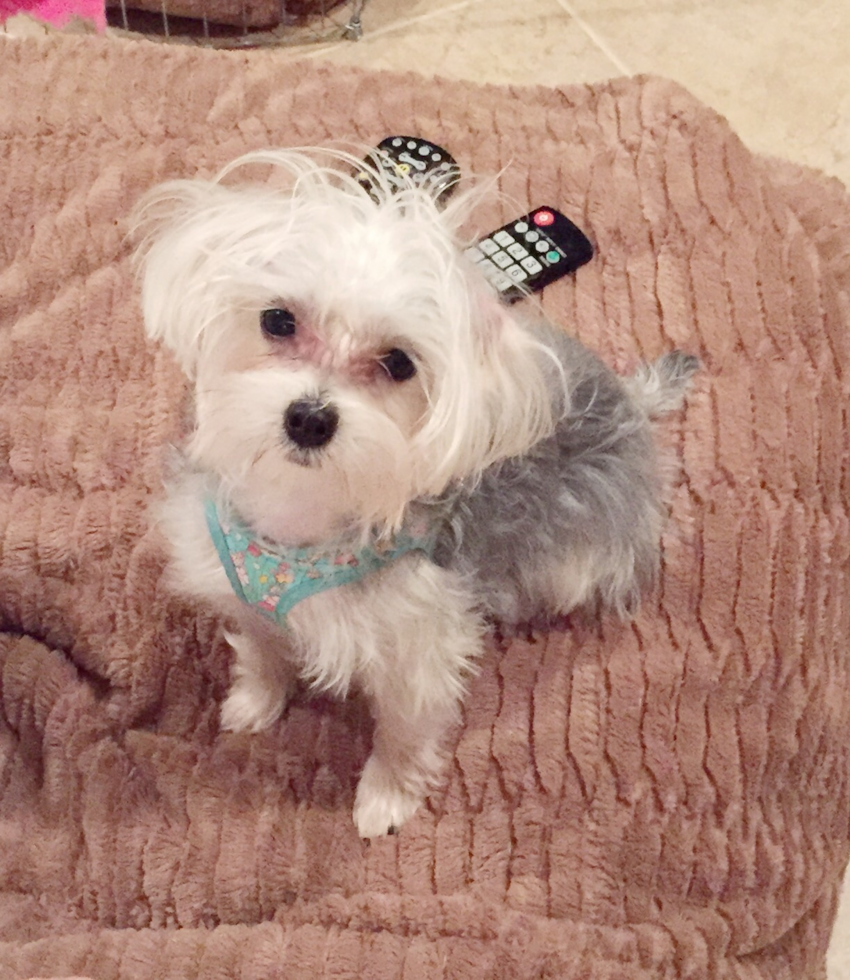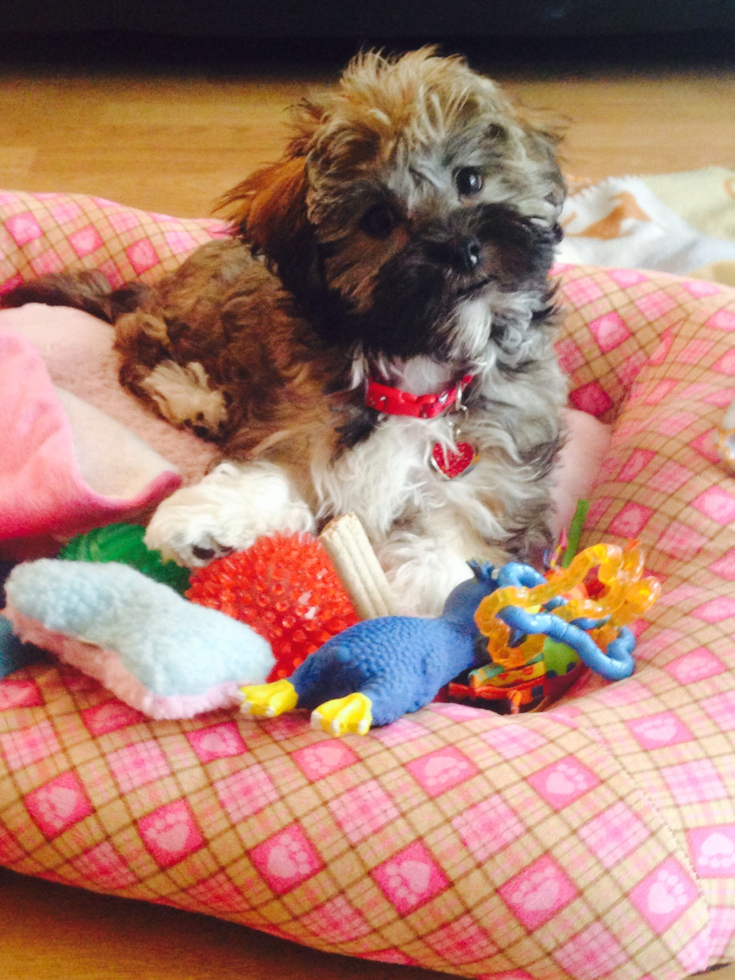Havanese Breed Information
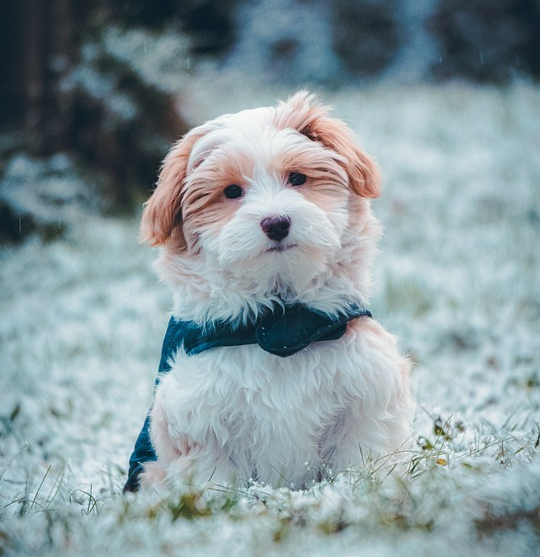
Havanese puppies are fluffy little fur-babies that come with a joyful disposition and adorable looks that can cause puppy fever. If you can handle their cuteness without melting, the Havanese puppies will provide you with blissful companionship and never-ending joy. These puppies are easy to train, a breeze to care for, and effortless to keep happy. They enjoy socializing with everyone in sight, be it other fur-babies or humans, and they find joy in every walk, game, and cuddle.
Characteristics
- Also known as the Havana Silk Dog, the Havanese is the national dog of Cuba
- The Havanese breed received its official AKC recognition in 1996 and is the 24th most popular dog breed in the United States
- Hypoallergenic Havanese. The Havanese dogs shed very little and are safe to be owned by people with allergies
- Havanese puppies are very intelligent. They respond well to training and can be taught a myriad of fun tricks
- Thanks to their adaptable nature and toy size, the Havanese dogs fit wonderfully in small city apartments
- Havanese dogs are quick to make friends with dogs and humans alike. Children are their favorite playmates and teens make their preferred sidekicks
- Sweet, great for emotional support, and very loving, the Havanese puppies make wonderful companion pets for seniors, single adults, retirees, and families
- Because they are easy to train and a breeze to care for, the Havanese make the best first pets for novice owners
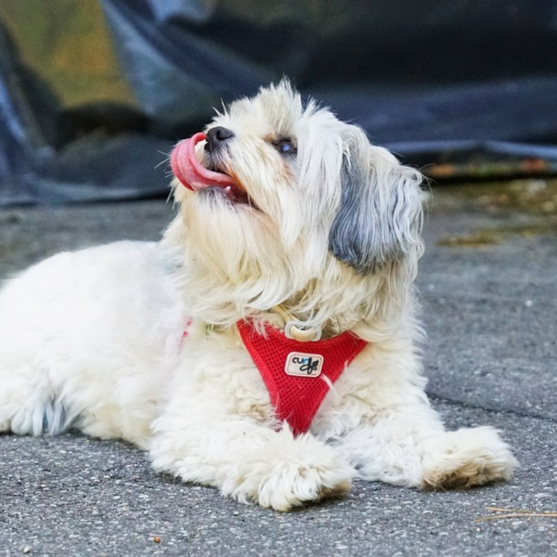
Appearance
The Havanese might just be the cutest little fur-babies in the canine kingdom. Although they can reach 12 inches in adulthood, the little Havanese never grow out of their adorable puppy features. Neither their spirit nor appearance changes through time and they retain their joyous personality well into their golden years. The Havanese size, as per their standard dictates, can reach between 9 and 12 inches with a weight of 7 to 13 pounds.
These gorgeous toy sized Havanese dogs have a rich, long, and soft coat, lovely, curled tails, dark, almond eyes, and a sweet and enthusiastic expression. Their step is both smooth and playful, and they always appear ready for a friendly chase and a tight cuddle. Because the Havanese color palette is rich, these dogs may appear with many different color combinations, various color patterns and shades, or a solid-colored coat. Havanese colors include white, gray, black, silver, brown, blue, tan, and chocolate.
Photos
Temperament
Havanese dogs are wonderful fur-babies to have around. Apart from being extremely sweet, they also have a gift for cheering people up. They are kind and gentle, and their patience knows no limits. These lovey-dovey dogs cherish their humans more than anything else, which is why you can hardly separate them from their owners.
As all Havanese puppies start out with a friendly and playful behavior, you can expect your adult Havanese to display wonderful manners when faced with people, other dogs, and children. A child and a Havanese puppy growing up together is a truly sweet thing to witness. Whether it’s by playing a game of hide-and-seek, solving puzzles together, or simply cuddling on the couch, a child will be taught lessons on compassion, friendship, and responsibility. Havanese dogs aren’t just great for children. They are also wonderful fur-babies for parents, grandparents, solo friends, and couples.
These happy Havanese puppies thrive in an environment where they are loved and given the chance to participate in family activities.
Care
Havanese Grooming
Havanese dogs have long luxurious coats that need a quick brush every few days to remain soft and silky. To keep your Havanese happy, breezy, and looking healthy, it is beneficial to give them a bath once every 3 to 4 weeks, or sooner if they indulge in a puddle bath. Their nails should be clipped regularly to avoid over-growth and discomfort, and their teeth should be cleaned once every few days, if not daily. It is also recommended to check their ears for gathered dust or debris and clean them with a damp cloth every week or so.
Havanese Exercise Needs
Although moderately active, the Havanese dogs don’t require extensive workouts. They are more inclined to spend their time indoors playing a fun game with their owner rather than taking part in never-ending jogs. One or two daily walks around the neighborhood are enough to keep them in shape and content.
Havanese Health
The Havanese breed enjoys good health and a long lifespan. Although they are not completely risk-free when it comes to health problems, most Havanese dogs only develop certain issues as a result of old age. Other health problems that have been reported as possible in the Havanese breed include deafness, ear infections, allergies, and dental issues.
Havanese Lifespan
The Havanese are long-lived dogs with an average lifespan of 13 to 15 years. Officially, the Havanese life expectancy is limited to 15 years, but there are some Havanese dogs that reach 18 happy years of age. The oldest Havanese dog to live reached 18 years and two months. Keep your dogs healthy, fit, and happy, and they will love you for long happy years.
Havanese Training
Havanese puppies are as bright as they are cute. Teaching them basic commands like “sit”, “stay”, and “come” is a fun and effortless activity. If you use a calm tone of voice, lots of praise, and delicious puppy treats, you will have the most eager learner on your hands. Havanese puppies love attention and providing lots of it with a side of treats will make them anxious for more. Because young puppies have a low attention span, it is recommended to keep training sessions short and frequent throughout the day. Consistency is key, especially in training a young Havanese puppy, so make sure to go through a quick recap of learned commands and tricks.
Before their vaccinations are up to date and they are ready for their first walk, teach your Havanese puppies how to socialize and mingle with family members. Get them used to different sounds and distractions and allow them to wear their collars and harnesses comfortably before taking them on their first walk.
The most essential part of training a Havanese puppy is teaching them how to be independent. Because these lovey-dovey dogs don’t take well to being without their humans, they might indulge in some barking and chewing when left alone without prior training. They may also suffer from anxiety and loneliness and possibly develop abandonment issues if they are left alone for too long as young puppies. If you must leave your Havanese dog alone regularly, make sure the dog learns that being on its own is a temporary situation. Provide toys, treats, and activities to keep your dog busy while you’re away from home. Leave the house a few minutes at a time to get your dog comfortable with you coming and going and try to avoid leaving your little fur-baby alone if you haven’t provided training beforehand.
History
The beautiful Havanese puppies have been around for over five centuries and are said to have evolved from Bichon-type dogs into the lovely pooches we adore today.
The Havanese ancestors, as some ship logs/documents attest, have traveled from Tenerife to Cuba on board Spanish ships alongside colonists. It was the beginning of the 16th century when the Havanese arrived at their new home in Havana-Cuba. During those times, only the wealthy could afford to house and feed non-utility dogs, so, naturally, the little Havanese dogs quickly became the companions of noble Cuban families.
As the dogs made their way through Cuba, their popularity grew even more. They were renamed “Bichon Habanero” and soon won the title as the Republic’s National Dogs, a title which they still hold today. The Havanese Bichons have been the favorite dogs the Cuban people for over five hundred years. When the Havanese puppies finally made their way to the United States, their number was small, and they were a considered a rare breed in America. Luckily, a few families took an interest in the breed and helped further it. Today, thanks to the Havanese breeders, the Havanese puppies are one of the most prosperous breeds in the United States. Given their stunning looks and sweet personalities, the Havanese have also been selected for Havanese mixes (crossbreeds) like the Havapoo, Havachon, and Havashu, to name just a few.





